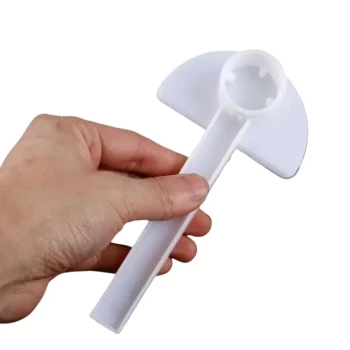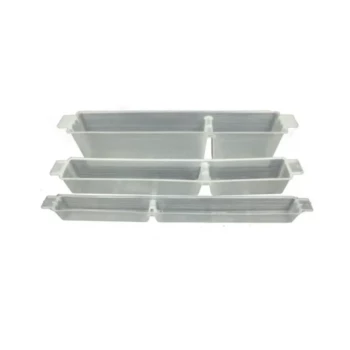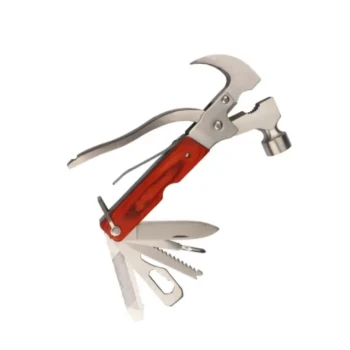In beekeeping, pollen is fed to bees in two primary forms. It is most commonly mixed with sugar syrup to create a moist, dough-like "pollen patty" that is placed directly inside the hive. Alternatively, it can be provided as a dry powder in a feeder outside the hive, allowing bees to forage for it as they would with natural pollen.
The core purpose of feeding pollen is to provide a protein source that stimulates brood rearing. While this is a powerful tool for building up a colony's population, its success hinges entirely on correct timing to avoid placing undue stress on the hive.
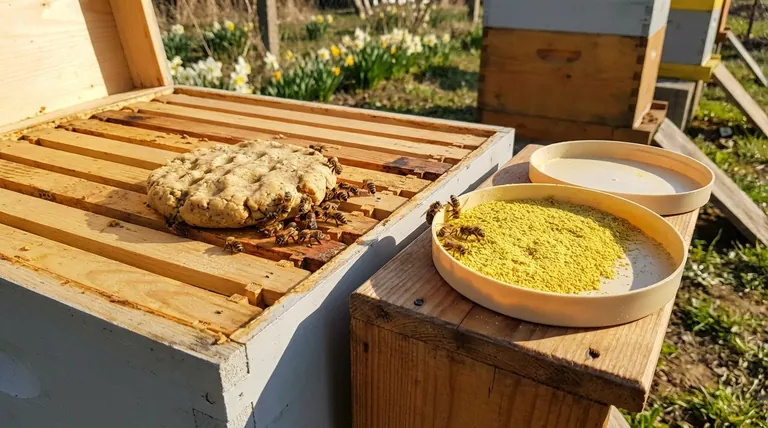
The Purpose of Pollen Feeding: Protein for Brood
Why Bees Need Pollen
Pollen is the primary source of protein, lipids, vitamins, and minerals for a honey bee colony. While honey or sugar syrup provides carbohydrates for energy, pollen is the essential food for growth and development.
Nurse bees consume large amounts of pollen to produce the royal jelly needed to feed the queen and the young larvae. Without an adequate pollen supply, brood rearing will slow or stop entirely.
Stimulating Colony Growth
By providing a supplemental source of pollen, a beekeeper can encourage the queen to lay more eggs and the colony to raise more brood.
This is a strategic intervention used to rapidly increase the bee population ahead of a major nectar flow or when preparing colonies for pollination contracts. It is also used to support hives when natural pollen sources are scarce.
Key Methods for Feeding Pollen
Pollen Patties (Inside the Hive)
The most common method involves creating pollen patties. Processed pollen or a pollen substitute is mixed with sugar syrup to form a doughy consistency.
This patty is typically placed directly on top of the frames in the upper brood box. This placement ensures the nurse bees have immediate access to the protein source right where it's needed most.
Dry Pollen (Outside the Hive)
Less common is the practice of open-feeding dry pollen or a substitute powder. This is done by placing the powder in a feeder in a sheltered location outside the hive.
This method allows bees to forage for the protein naturally. However, it also means other nearby bees and insects can access the feed, and it is unusable during inclement weather.
Understanding the Critical Trade-offs
The Risk of Poor Timing
Timing is the most critical factor in supplemental pollen feeding. Providing pollen too early, such as in late autumn or winter, can be detrimental.
It stimulates brood rearing when the colony should be conserving resources. These new nurse bees and larvae consume winter stores and require warmth, putting a severe strain on the colony during a period with no incoming natural resources.
Natural Pollen vs. Pollen Substitutes
While natural pollen is the ideal food, it can be expensive and carries a risk of introducing diseases or pesticides to your hive. It is crucial to source it from a reputable supplier.
For this reason, many beekeepers opt for commercially produced pollen substitutes. These are typically made from protein-rich ingredients like soy, brewer's yeast, or lentil flour and are formulated to meet the nutritional needs of bees.
The Danger of Contamination
Regardless of the method, supplemental feeding can present risks. Patties left in the hive too long can attract pests like small hive beetles. Open feeders can become contaminated or draw bees from other apiaries, potentially spreading disease.
How to Apply This to Your Goal
- If your primary focus is building up for spring: Begin feeding pollen patties 4-6 weeks before the first natural pollen becomes available to ensure a strong foraging workforce for the first nectar flow.
- If your primary focus is supporting a colony during a summer dearth: Provide pollen or a substitute when you observe a lack of natural pollen and a decline in brood rearing.
- If your primary focus is preparing for winter: Stop all pollen feeding in the late autumn to allow the colony to naturally cease brood rearing and form its winter cluster.
Ultimately, supplemental pollen feeding is a precise tool for managing colony population, not a routine solution for poor nutrition.
Summary Table:
| Method | Description | Best For |
|---|---|---|
| Pollen Patties | Dough-like mix of pollen/substitute & syrup placed inside the hive on top of frames. | Stimulating rapid colony growth; precise, controlled feeding. |
| Dry Pollen | Powder provided in an external feeder for bees to forage. | Simulating natural foraging; less common due to weather and disease risks. |
Ready to Optimize Your Hive's Nutrition?
Supplemental pollen feeding is a powerful tool for commercial apiaries and distributors focused on building strong, productive colonies. Using the right high-quality beekeeping supplies is essential for success and avoiding the risks of contamination or poor timing.
HONESTBEE supplies the reliable pollen substitutes and feeding equipment you need. Our wholesale-focused operations provide commercial beekeepers and distributors with the tools for effective, strategic hive management.
Contact HONESTBEE today to discuss your apiary's needs and explore our product range. Let us help you achieve your goals for spring build-up, summer dearth support, or pollination contracts.
Visual Guide
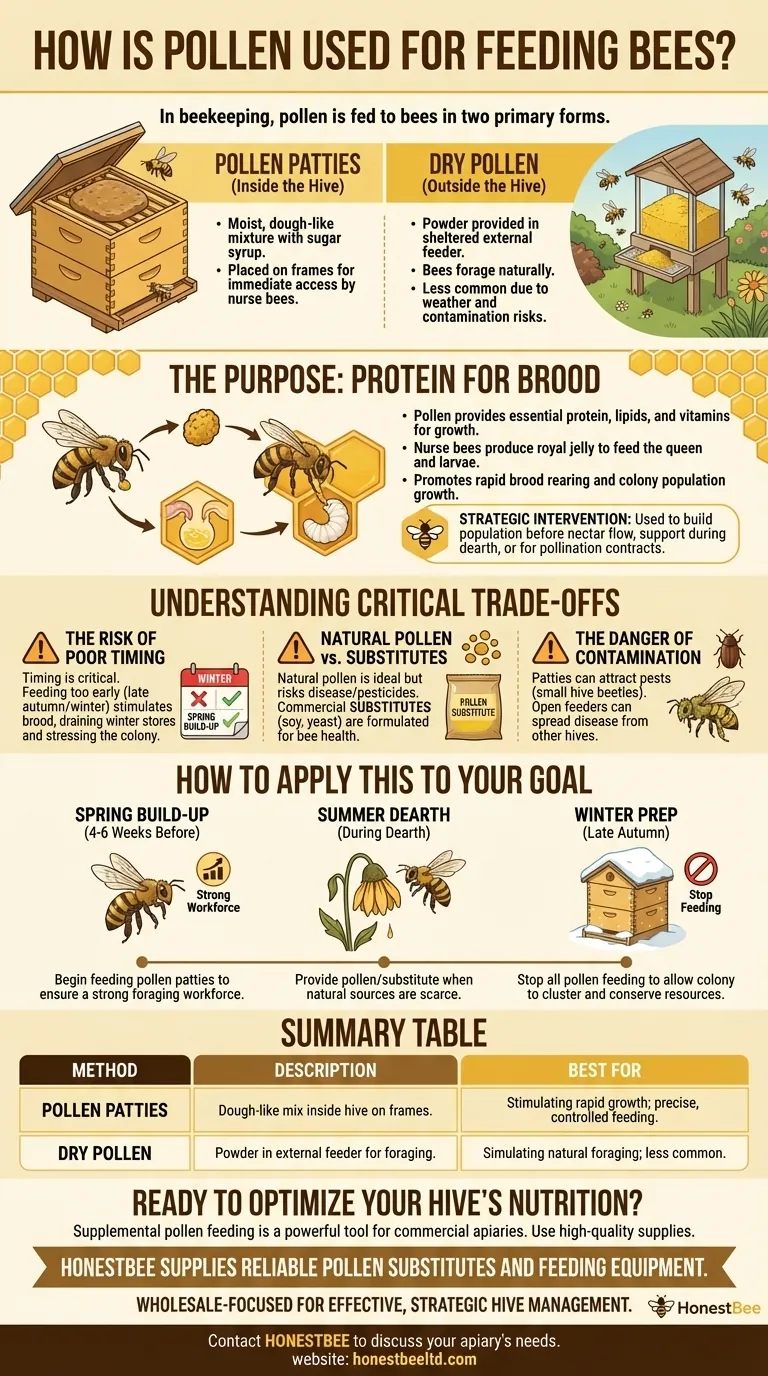
Related Products
- Rapid Bee Feeder White Plastic 2L Round Top Feeder for 8 or 10-Frame Bee Hives
- HONESTBEE Professional Entrance Bee Feeder Hive Nutrition Solution
- HONESTBEE Entrance Bee Feeder Efficient Hive Front Liquid Feeding Solution for Beekeeping
- In-Hive Dual Compartment Frame Bee Feeder for Targeted Colony Nutrition
- Boardman Entrance Bee Feeder Durable Galvanized Steel and Wood Construction for Beekeeping
People Also Ask
- How do you set up and use a top feeder for bees? A Step-by-Step Guide for Safe Feeding
- What is the advice regarding feeding bees to limit brood production based on? Managing Prolific Bee Strains
- Can sugar syrup contaminate the honey crop? A Beekeeper's Guide to Protecting Honey Purity
- What is the best thing to feed bees? A Guide to Supplemental Feeding for a Thriving Hive
- What can the round hive top feeder be used for? A Guide to Efficient, Safe Bee Feeding


